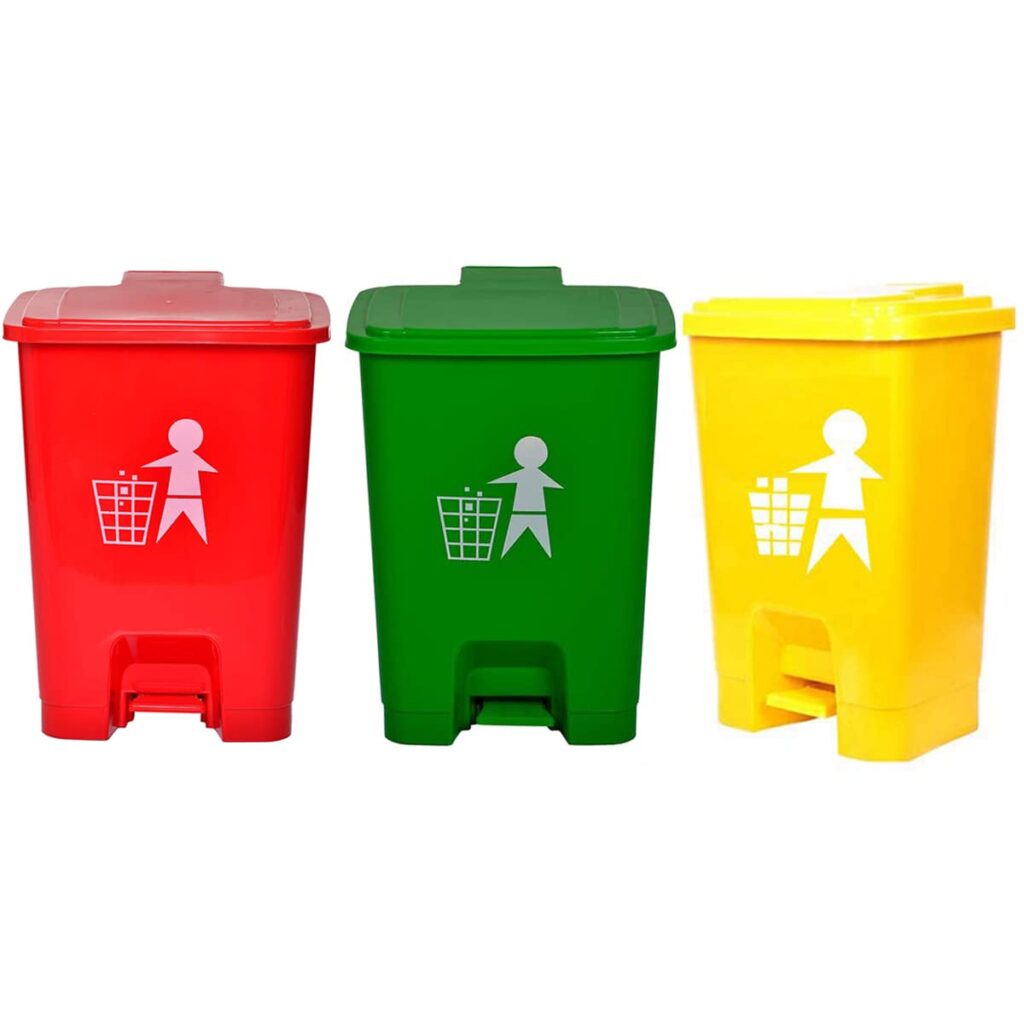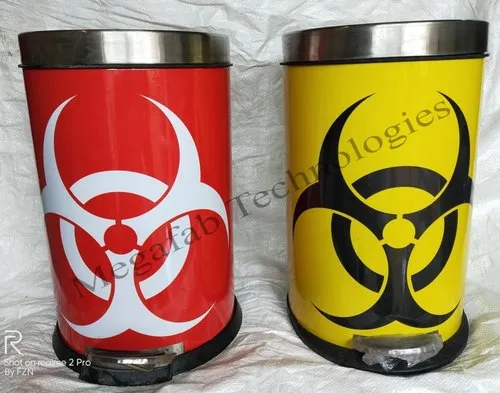Title: Biomedical waste bins: Protecting the Environment and Public Health.
An essential part of both healthcare and protecting the environment is the proper use of biological waste. This blog post will focus on biomedical waste bins, discussing their importance in healthcare environments, their challenges in managing biomedical waste, and how these bins protect the environment and public health.
- Infection Control: The main goal of managing biomedical waste carefully is to stop infections from spreading. Inappropriate handling of harmful waste can put individuals, healthcare providers, and the general public at risk.
- Environmental Protection: Harmful or toxic materials are frequently found in biomedical waste. If these materials are not correctly disposed of, they can contaminate soil and water, harm wildlife, and have long-lasting negative effects on the ecosystem.
- Legal Compliance: Strict rules and regulations are enforced by government organizations and regulatory bodies for the proper disposal of biomedical waste. Hospitals must follow these rules to stay out of legal problems.
- Reputation: The reputation of healthcare organizations and patient trust depends heavily on maintaining a hygienic and secure environment.


Smart SS Dustbins
The future of waste management lies in smart technology integration, and SS dustbins are not lagging in this aspect. Here’s how they are becoming “smart” solutions:
- IoT Integration: Several SS dustbins have sensors installed to keep an eye on their fill levels. Waste management teams can receive alerts from the bin when it is almost full, which helps simplify the collection process and cut down on useless pickups.
- Solar-Powered Compactors: Compacting SS dustbins with solar power can automatically crush waste, thereby reducing the need for regular dumping and improving capacity. This results in decreased operating costs and a smaller carbon footprint.
- Data Analytics: By collecting information on waste generation patterns, smart SS dustbins can help governments in making data-driven decisions about waste management strategies.
- User-Friendly: A lot of smart stainless steel dustbins come with foot pedals or touchless sensors for easy and hygienic waste disposal, encouraging people to participate in correct waste disposal processes.
Sustainability and Environmental Impact
SS dustbins not only contribute to sustainability through their durability and recyclability but also by encouraging responsible waste disposal. When placed strategically in public spaces, they promote a culture of cleanliness and discourage littering.
Furthermore, the integration of smart technology in SS dustbins can lead to significant reductions in greenhouse gas emissions and fuel consumption associated with waste collection vehicles, as optimized routes and fewer pickups become the norm.
Conclusion
The evolution of waste management is taking a turn towards sustainability and efficiency, and SS dustbins are at the forefront of this transformation. Their durability, hygiene, aesthetics, and smart technology integration make them a compelling choice for municipalities, businesses, and communities aiming to improve waste management practices.
As we move towards a greener and smarter future, SS dustbins are a shining example of how innovation can make our urban environments cleaner, more attractive, and better for the planet. Embracing these solutions is a step towards a cleaner, more sustainable world for generations to come.


 Dustbins
Dustbins



 Furniture
Furniture



 Trolleys
Trolleys



 Benches
Benches






 Pole Mounted Litter Bins
Pole Mounted Litter Bins



